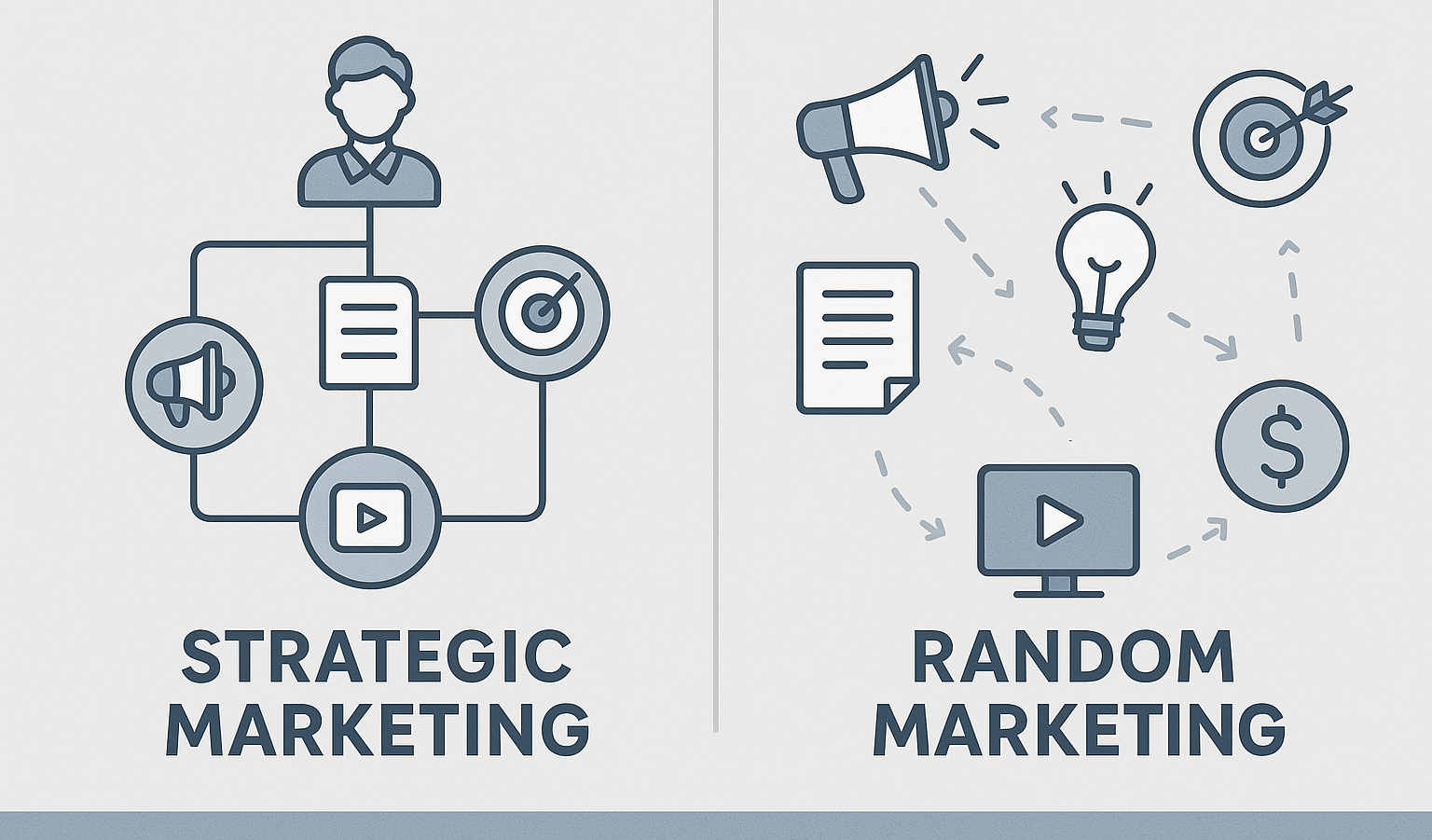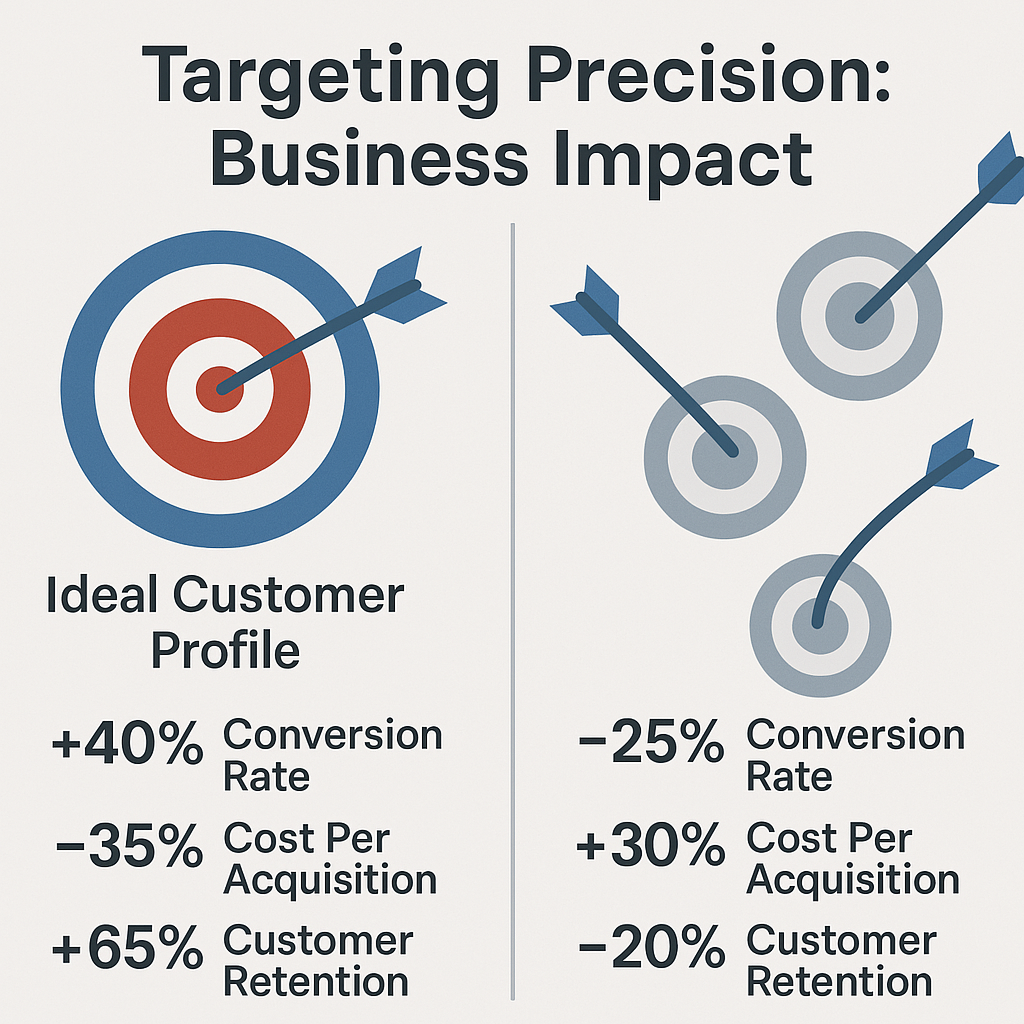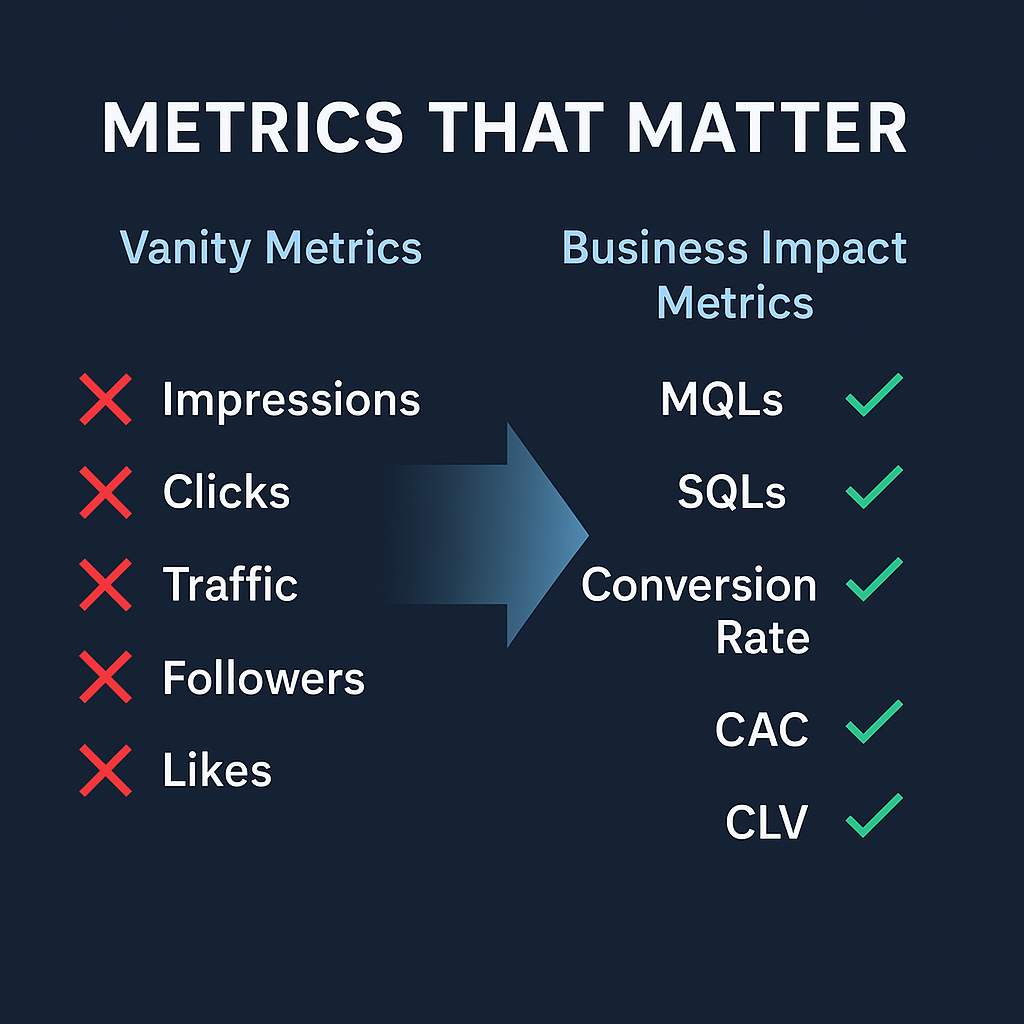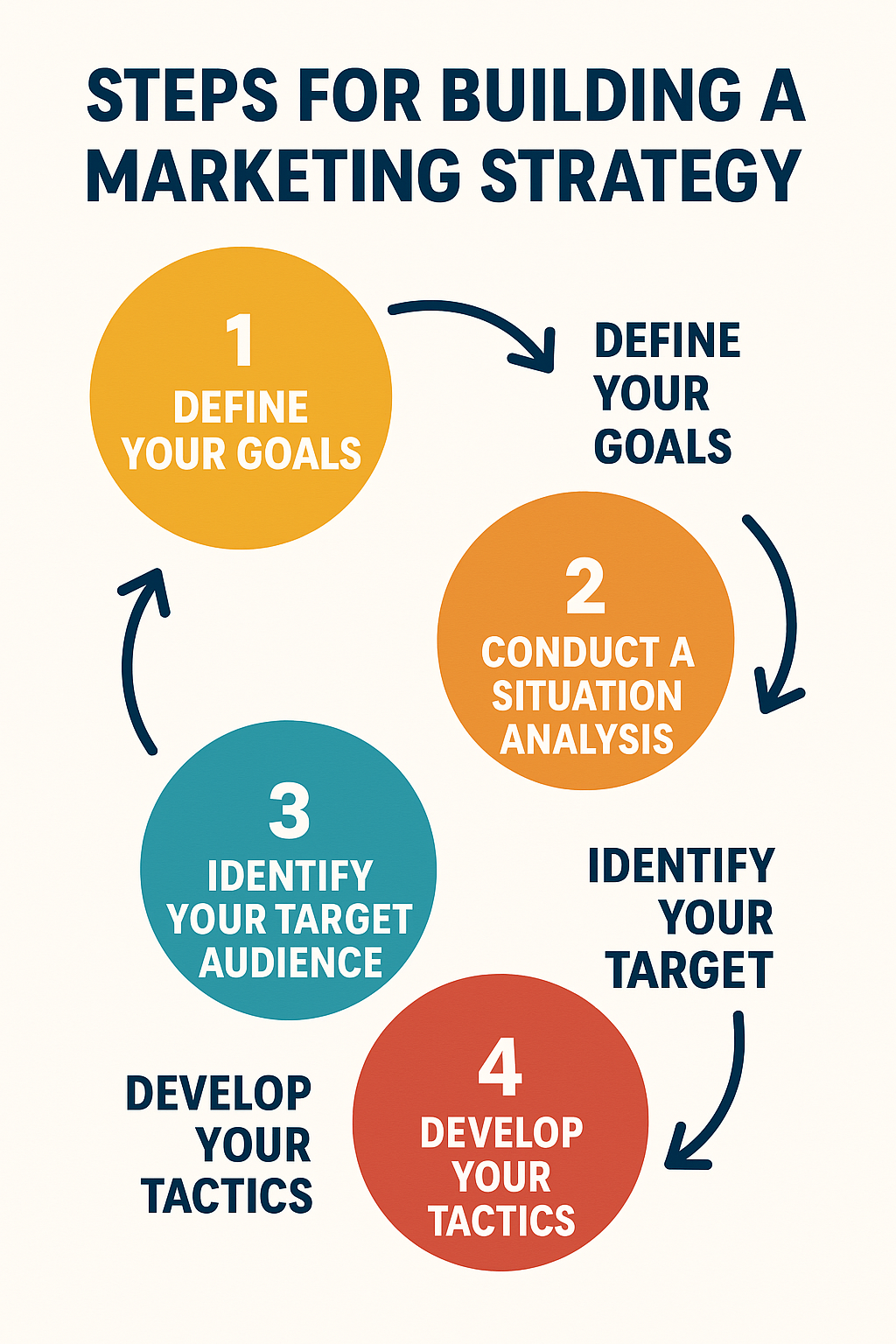The AI Strategy Gap: Why 85% of Companies Are Experimenting But Only 5% Are Scaling (And What Winners Do Differently)
The AI Strategy Gap: Why 85% of Companies Are Experimenting But Only 5% Are Scaling (And What Winners Do Differently)
Strategic Analysis by: Insight2Strategy
Published: October 6, 2025
Executive Reading Time: 8 minutes
🎯 Executive Strategic Insights
- 95% of AI pilots fail to scale - MIT research reveals the critical strategy gap
- $15.7 trillion economic impact by 2030 - PwC projects massive competitive advantage for AI scalers
- 70% people/process, 30% technology - McKinsey confirms AI scaling is a transformation challenge
- Three fatal gaps killing enterprise AI initiatives across industries
- Six-pillar framework used by the 5% who achieve transformational results
- Q4 planning priorities for 2026 competitive positioning
The Hard Truth About AI That Nobody Wants to Admit
Your company has invested hundreds of thousands—maybe millions—in AI pilots. You've attended conferences where speakers promised transformation, watched impressive demos, and seen your IT team experiment with everything from chatbots to predictive analytics. Yet somehow, despite all this activity, you're still waiting for the business-changing results you were promised.
As we head into Q4 2025, the numbers are more sobering than ever. A recent MIT study reveals that 95% of AI pilots fail to scale beyond experimental phases, while McKinsey research shows that only 5% of companies report meaningful impact on their bottom line from AI initiatives. That means for every 100 companies investing in AI, only 5 achieve enterprise-wide transformation that actually moves the revenue needle.

After analyzing hundreds of failed AI implementations across our client base and industry research, three patterns emerge consistently:
⚡ Quick Implementation Tip
Before launching any new AI pilot, ask: "What specific business metric will this move?" If you can't answer with a dollar amount or percentage improvement, pause the project until you can.
Gap #1: Technology-Led Instead of Strategy-Led Approaches
Most companies start with "What cool AI can we build?" instead of "What business problem needs solving?" This leads to technically impressive solutions that nobody actually uses. You end up with AI tools that work perfectly in demos but gather dust in the real world because they don't align with how people actually work or what customers actually need.
Gap #2: Fragmented Ownership and Siloed Execution
AI initiatives typically live in departmental silos—IT builds something here, marketing experiments there, operations tries something else entirely. Without enterprise-wide coordination, you get duplicated efforts, incompatible systems, and nobody taking responsibility for actual business outcomes. Each pilot becomes an isolated experiment rather than part of a cohesive transformation.
Gap #3: No Transformation Governance
Scaling AI requires new governance models, cross-functional alignment, and leadership commitment that most organizations dramatically underestimate. Companies try to bolt AI onto existing processes instead of reimagining how work gets done. Without proper governance, even successful pilots can't expand because the organizational infrastructure isn't designed to support them.
What Do The 5% of AI Winners Do Differently?

Companies that successfully scale AI don't just get lucky—they follow a completely different strategic playbook. Here's their AI transformation framework:
They Build Transformation Frameworks, Not Pilot Collections
Winners start with clear business objectives and work backward to technology. They identify specific value pools—cost reduction, revenue growth, customer experience improvement—and map AI initiatives directly to P&L impact. Every project must answer: "How does this move our key business metrics?"
They Prioritize Change Management Over Technology Management
McKinsey research confirms that scaling AI is 70% people and process, 30% technology. Successful companies invest heavily in workforce preparation, executive sponsorship, and cultural change programs. They understand that the fanciest AI is worthless if people don't trust it, understand it, or adopt it.
They Create Cross-Functional Centers of Excellence
Instead of leaving AI buried in IT, winners establish centralized AI leadership that coordinates strategy, prioritizes resources, and measures ROI across the enterprise. This center of excellence becomes the bridge between technical capabilities and business needs.
They Measure Business Impact, Not Just Technical Performance

While failed pilots celebrate 95% model accuracy, successful scaling efforts track business KPIs. Did this reduce customer churn? Did it increase margins? Did it accelerate time-to-market? Technical performance matters, but business impact determines success.
📊 Implementation Framework
The AI transformation framework includes six strategic pillars: business-first strategy, change management, cross-functional excellence, business impact measurement, data infrastructure investment, and governed agility. Need help adapting this to your specific situation? Let's discuss your implementation approach.
They Invest in Enterprise Data Infrastructure Early
Winners recognize that scaling AI requires clean, connected, governed data. They don't wait for pilot success to invest in data infrastructure—they build it as the foundation. This includes centralized data lakes, robust governance methodologies, and automated data preparation pipelines.
They Move Fast With Governance Guardrails
AI leaders don't wait years to design the perfect program. They launch iterative initiatives with strong governance frameworks, allowing for both agility and compliance. They understand that speed to value beats perfection, but only when proper guardrails ensure responsible scaling.
How Do You Focus Implementation for Q4 Strategic Planning?

As you finalize 2025 initiatives and plan for 2026, breaking out of pilot purgatory requires strategic thinking, not just more technology. Based on our work with enterprise clients, here's where to focus your Q4 planning:
Audit Your AI Portfolio Against Business Outcomes
Map every current AI initiative to specific business metrics. If a project can't clearly articulate its impact on revenue, costs, or customer satisfaction, kill it before the new budget cycle. This isn't about technical elegance—it's about business value.
Establish Cross-Functional AI Governance
Create an AI steering committee with representation from business units, IT, risk management, and operations. This group should prioritize initiatives, allocate resources, and measure enterprise-wide impact. Without this coordination, you'll continue to get fragmented efforts.
⚡ Quick Implementation Tip
Start your AI governance committee with 5-7 members maximum. Include one representative each from: business operations, IT/technology, finance, risk/compliance, and HR/change management. Meet weekly during Q4 planning.
Redefine Success Metrics to Business KPIs
Stop celebrating technical achievements and start measuring business outcomes. Set clear targets: reduce customer service costs by 20%, increase sales conversion by 15%, accelerate product development by 30%. Make AI prove its business value, not just its technical capability.
Build AI-Ready Data Infrastructure
Unlike traditional data management where pipelines could be "set and forget," AI-ready data requires dynamic, contextual approaches. Invest in modular data architecture that can accommodate new AI applications rapidly, with automated data governance processes.
Engage Strategic Expertise for Framework Development

AI transformation is high-complexity work that requires customized approaches based on your specific industry, organizational structure, and business objectives. The difference between the 95% who fail and the 5% who succeed often comes down to having the right strategic framework and expert guidance to navigate the organizational challenges that kill most initiatives.
Strategic Conclusion: Join the 5% Who Scale Successfully
The AI strategy gap is real and widening. Eighty-five percent of companies are experimenting, but only 5% are scaling AI to achieve transformational business results. The difference isn't technology—it's strategy, governance, and execution.
The winners understand that AI scaling is a business transformation challenge, not a technology implementation project. They build frameworks that align AI with business outcomes, invest in change management and governance, and measure success by business impact, not technical metrics.
Your AI investments don't have to become another statistic in the 95% failure rate. But moving to the 5% who succeed requires strategic thinking, proper governance, and often expert guidance to navigate the organizational complexities that derail most scaling efforts.
With AI projected to add $15.7 trillion to the global economy by 2030, the question isn't whether AI will transform your industry—it's whether you'll be among the companies driving that transformation or struggling to keep up.
Ready to Implement These AI Strategy Frameworks?
Every business situation is unique. Let's discuss how these frameworks apply to your specific challenges and Q4 2026 planning priorities.
No sales pitch. Just strategic insights tailored to your business.
Frequently Asked Questions
How long does AI transformation typically take?
Based on our client experience, meaningful AI scaling takes 12-18 months from strategy development to measurable business impact. The 5% who succeed focus on quick wins (3-6 months) within a comprehensive transformation framework.
What budget should we allocate for AI transformation?
Successful companies typically allocate 70% of AI budget to people/process transformation and 30% to technology. Start with a pilot budget of $100K-500K depending on company size, then scale based on proven ROI.
When should we hire outside expertise vs. handle internally?
Given that 95% of AI initiatives fail, strategic expertise becomes critical for framework development, governance design, and change management. Internal teams handle execution; external experts guide strategy and avoid common pitfalls.
How do we measure ROI on AI strategic initiatives?
Focus on business KPIs, not technical metrics. Track cost reduction percentages, revenue growth, customer satisfaction improvements, and operational efficiency gains. Set baseline measurements before implementation and measure quarterly.
Verified Statistics & Citations
- 95% of AI pilots fail to scale: MIT research study and report (2025)
- Only 5% see meaningful EBIT impact: McKinsey Global Survey on AI (2024)
- Only 11% have adopted AI at scale: McKinsey Tech Trends research (2024)
- AI scaling is 70% people/process, 30% technology: McKinsey research on change management costs (2024)
- $15.7 trillion economic impact by 2030: PwC Global AI Study "Sizing the Prize"
About Insight2Strategy: We help growing businesses develop and implement strategic frameworks that drive measurable results. Our approach combines strategic thinking with practical execution to move companies from expensive experiments to transformational business assets.



Comments
Post a Comment